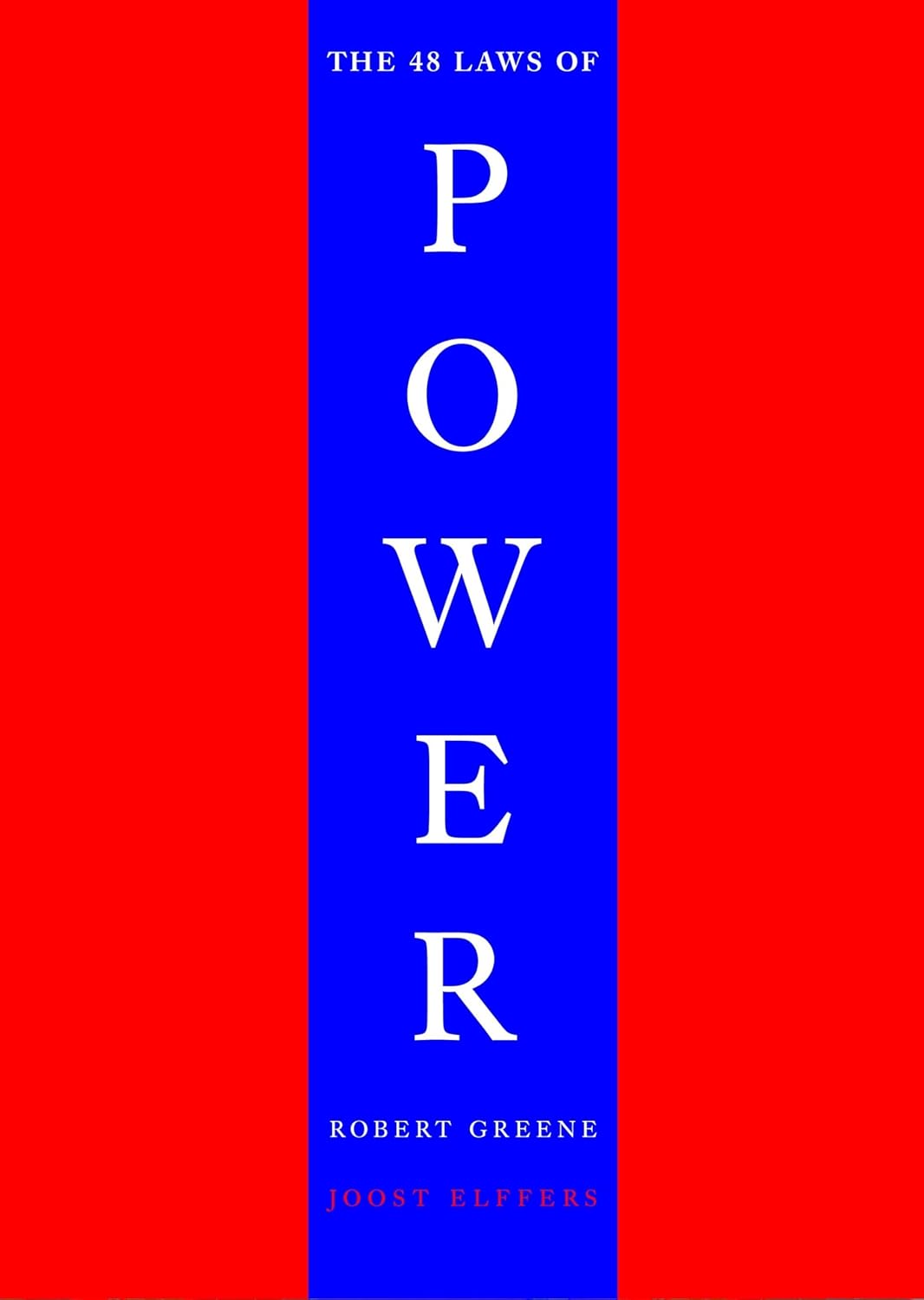LAW 30: Mastering the Art of Effortlessness
byEffortlessness is a key concept in Law 30 of The 48 Laws of Power, which emphasizes the importance of making one’s achievements appear effortless, a strategy that enhances perception and influence. The principle behind this law is to maintain an aura of natural ability, suggesting that success comes with ease, even if the reality involves significant effort and meticulous planning. Greene suggests that this tactic not only elevates one’s status but also positions the individual as a person of remarkable skill and capability. By presenting results with an air of effortlessness, one keeps the hard work and intricacies behind the scenes, making it more impressive in the eyes of others. This strategy also helps to avoid revealing too much of the underlying methods, as sharing your tactics can lead to others using them against you, which ultimately weakens your power.
The power of effortlessness is well illustrated through the historical example of Date Masamune, the samurai and warlord in Japan. Masamune, known for his exceptional leadership and military tactics, engaged artist Tannyu to create a painting. Tannyu’s method was to use seemingly random brush strokes, creating what appeared to be chaos. However, these strokes, when completed, formed a masterpiece that looked effortless to the untrained eye. This process highlighted how the complexity of creation could be hidden behind a seemingly simple and spontaneous result. Similarly, Sen no Rikyu, the master of the Japanese tea ceremony, embodied the principle of presenting complexity as simplicity. By concealing the intricate preparations behind his serene and graceful ceremonies, he garnered respect and admiration, elevating his influence without showing the hard work behind his performances. These examples suggest that mastery is most appreciated when it appears seamless, as people naturally gravitate toward what seems effortless, associating it with inherent talent rather than hard work.
Another example that aligns with Law 30 is Harry Houdini, the renowned escape artist. Houdini’s fame soared because he could escape from seemingly impossible situations—chains, handcuffs, and locked boxes—seemingly effortlessly. The true secret behind his success lay in the meticulous preparation, physical endurance, and deep knowledge of locks and restraints. Houdini understood that the more he could conceal the effort involved, the greater the mystery and allure surrounding his acts. His performances were designed to make the audience believe that his escapes were possible only because of a magical, unseen skill. The act of hiding his techniques and presenting the result as simple was a masterful display of effortlessness that captivated the public and created a larger-than-life image. By keeping his methods secret, he allowed the mystique to endure, amplifying his legacy as a skilled and invincible performer.
The chapter concludes by emphasizing the strategic power that comes with projecting an image of effortlessness. When actions appear to be effortlessly executed, the person performing them gains an aura of calm competence, which leads to increased admiration and influence. Greene also highlights that this approach can make others view you as someone with immense potential, someone who can achieve great things without struggling. By appearing as if everything you do is done with ease, you invite others to see you as an authority figure, thus boosting your influence and stature in any setting. The concept of sprezzatura, as articulated by Renaissance writer Baldassare Castiglione, plays a critical role in this law. Sprezzatura suggests that one should carry out tasks with grace and poise, as though they come naturally, even when significant effort has been expanded. This manner of carrying oneself gives the impression that the person is a natural leader whose actions exude power and control.
In essence, Law 30 is a guide to cultivating an image of effortlessness, which can lead to greater admiration and influence. People naturally respect and gravitate toward those who make things look simple, often overlooking the effort involved. To master this law, one must not only focus on achieving results but also ensure that those results are presented as the product of ease, elevating one’s status without revealing the labor and strategy behind them. By mastering this perception, individuals can build an aura of skill and capability, while also keeping their true methods hidden, thereby preserving their influence and power.


